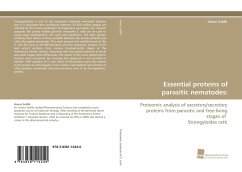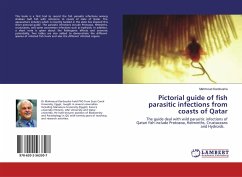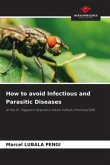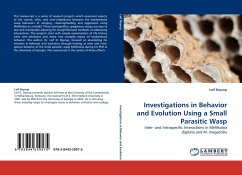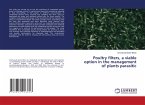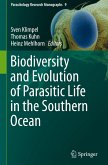Strongyloidiasis is one of the important intestinal nematode diseases and it is estimated that worldwide between 50-200 million people are infected by the human pathogen Strongyloides stercoralis. For research purposes the closely related parasitic nematode S. ratti can be used to study stage development, life cycle and parasitism. The high genetic similarity then allows to draw parallels between the human parasite and other Strongylid nematodes. This work presents the establishment of the S. ratti life cycle at the BNI-Hamburg and the proteomic analysis of E/S and extract proteins from various developmental stages at the Proteomics Center, Boston. Assuming that the protein patterns of larval and adult stages show differences, the results of the mass spectrometric analysis were compared. By choosing this approach it was possible to identify 1,081 proteins of S. ratti. Many of the proteins were also shown to be present as homologues in the culture supernatants and extracts of other parasitic nematodes and some proteins seem to be Strongyloides- specific.

